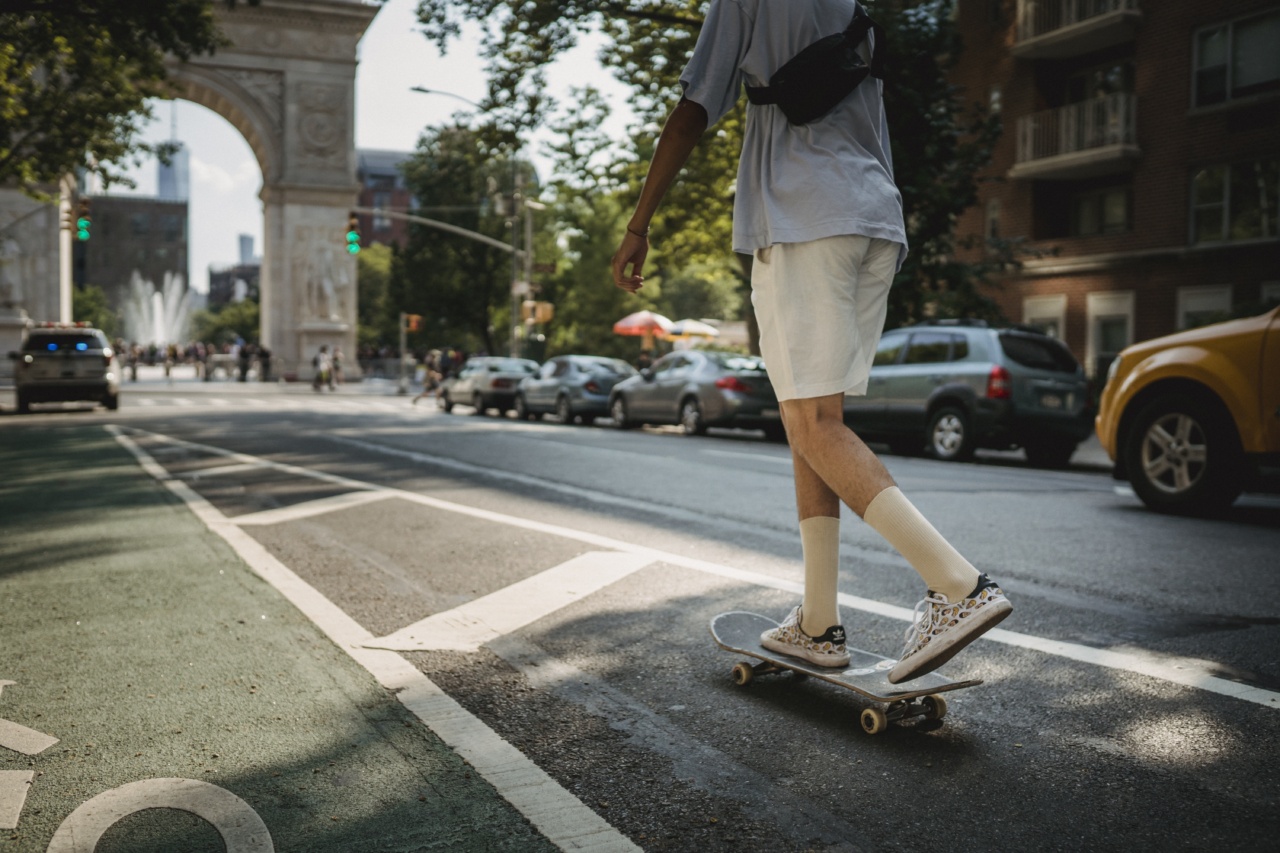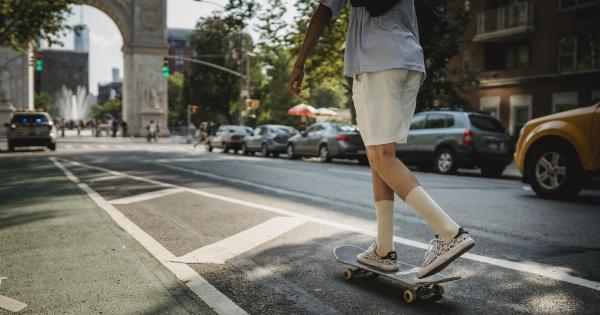Car rides can be a fun and exciting experience for many dogs. However, some dogs may forget their training and exhibit undesirable behaviors during car rides.
This can be frustrating for dog owners and potentially pose risks to both the dog and the passengers. In this article, we will discuss some practical steps you can take to address and correct this issue.
The importance of car ride training for dogs
Before we dive into how to address a dog’s forgotten training on car rides, it’s essential to understand why car ride training is crucial for dogs.
Proper training can help ensure the safety of everyone in the car and make the experience enjoyable for both the dog and the passengers.
When a dog forgets his training during car rides, it can lead to various problems, such as:.
- Jumping from seat to seat
- Barking excessively
- Scratching at windows or doors
- Pacing or restlessness
- Attempting to climb onto the driver’s lap
These behaviors can be not only distracting but also dangerous. They may cause accidents or impair the driver’s ability to concentrate on the road. It is essential to address and correct these behaviors as soon as possible.
Identify the underlying causes
When your dog starts forgetting his training on car rides, it is crucial to identify the underlying causes. Dogs may exhibit such behavior due to various reasons, including:.
- Anxiety or fear
- Overexcitement
- Discomfort or motion sickness
- Poor past experiences
By understanding the root cause, you can tailor your approach to address the specific issue and make the necessary adjustments to your training techniques.
Reestablish a positive association with car rides
If your dog has developed a negative association with car rides due to past experiences or anxiety, it is crucial to reestablish a positive connection. You can do this by:.
- Gradually introducing your dog to the car: Start by allowing your dog to explore the car while it is stationary. Use treats or toys to create positive associations with being in the car.
- Take short and frequent trips: Start with short car rides to familiar places that your dog enjoys. Gradually increase the duration of the trips while monitoring your dog’s behavior.
- Create a comfortable environment: Use a comfortable and secure dog crate or a seat belt harness to ensure your dog feels safe during the car ride.
- Provide positive reinforcement: Reward your dog with treats, praise, and affection for calm and appropriate behavior during the car ride.
Reestablishing a positive association with car rides requires patience and consistency. With time, your dog will start associating car rides with positive experiences, making training easier.
Gentle desensitization and counterconditioning
If your dog’s forgotten training during car rides is due to anxiety or fear, gentle desensitization and counterconditioning techniques can be beneficial.
To desensitize your dog:.
- Start by exposing your dog to the car without actually going for a ride.
- Allow your dog to explore the car at their own pace, rewarding calm behavior.
- Once your dog is comfortable being near the car, gradually introduce short car rides.
During the desensitization process, it is crucial to remain patient and not rush your dog’s progress. Moving slowly and providing positive reinforcement will help your dog build confidence and reduce anxiety.
In addition to desensitization, counterconditioning can help change your dog’s emotional response to car rides.
Pairing car rides with positive experiences, such as rewarding with treats or playing a favorite game after a successful car ride, can help create a new positive association in your dog’s mind.
Seek professional help, if needed
If your dog’s forgotten training persists despite your efforts, it may be beneficial to seek professional help from a certified dog trainer or behaviorist.
These professionals have experience in dealing with various behavioral issues, including anxiety and fear related to car rides.
A professional trainer or behaviorist can assess your dog’s specific needs and create a customized training plan to address the problem effectively.
They can provide guidance, proper techniques, and additional resources to help you and your dog overcome the training challenges.
Consistency is Key
Consistency is crucial when retraining your dog for car rides. Ensure that everyone who interacts with your dog during car rides follows the same training techniques and reinforces appropriate behaviors consistently.
Here are a few additional tips to help you maintain consistency:.
- Establish a routine: Create a consistent car ride routine, including specific times, locations, and durations, to help your dog become familiar with the expected behavior.
- Use verbal and visual cues: Use consistent verbal cues such as “calm” or “stay” to communicate with your dog during car rides. In addition, you can use visual cues such as hand signals to reinforce training.
- Avoid reinforcing undesirable behaviors: Do not inadvertently reward or reinforce unwanted behaviors, such as giving attention or treats when your dog is exhibiting anxiety or restlessness. Instead, redirect their focus to appropriate behaviors and reward those instead.
Patience and positive reinforcement
Retraining your dog for car rides takes time, patience, and positive reinforcement. It is essential to remain calm and composed during the training sessions, as any frustration or negativity can hamper your dog’s progress.
Remember to reward your dog for every small step in the right direction.
Positive reinforcement techniques, such as using treats, praise, or favorite toys, can encourage your dog to exhibit desired behaviors during car rides.
Reward your dog immediately after they display appropriate behavior, reinforcing the positive association with car rides.
Avoid punishment and negative reinforcement
Punishment and negative reinforcement techniques should be strictly avoided when retraining your dog for car rides. These techniques can create additional anxiety and fear in your dog, making the training process even more challenging.
It is important to remember that your dog’s forgotten training is not intentional misbehavior but rather a response to specific triggers or fears.
Approaching the retraining process with patience, understanding, and positive reinforcement will yield the best results.
Make car rides a positive experience
Ultimately, the goal is to make car rides a positive experience for both you and your dog.
By reestablishing a positive association, addressing underlying causes, seeking professional help if needed, and maintaining consistency, you can help your dog regain his training and enjoy car rides once again.


























